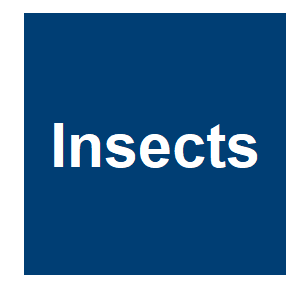Using Moderate Transgene Expression to Improve the Genetic Sexing System of the Australian Sheep Blow Fly Lucilia cuprina

|
Y. Yan, M. E. Williamson and M. J. Scott,
Insects,
11.
2021.

The sterile insect technique (SIT) is a promising strategy to control the Australian sheep blow fly Lucilia cuprina, a major pest of sheep. We have previously developed a transgenic embryonic sexing system (TESS) for this pest to facilitate the potential SIT application. TESS carry two transgenes, a tetracycline transactivator (tTA) driver and a tTA-activated pro-apoptotic effector. TESS females die at the embryonic stage unless tetracycline is supplied in the diet. However, undesired female sterility was observed in some TESS strains without tetracycline due to expression of tTA in ovaries. Here we investigate if TESS that combine transgenes with relatively low/moderate expression/activity improves the fertility of TESS females. tTA driver lines were evaluated for tTA expression by quantitative real time PCR and/or by crossing with a tTA-activated RFPex effector line. Fertility and lethality tests showed that a TESS strain containing a driver line with moderate tTA expression and an effector line showing moderate pro-apoptotic activity could recover the fertility of parental females and eliminated all female offspring at the embryonic stage. Consequently, such a strain could be further evaluated for an SIT program for L. cuprina, and such a “moderate strategy” could be considered for the TESS development in other pest species. More related to this: Sperm competition suppresses gene drive among experimentally evolving populations of house mice Genotypes suppressing meiotic drive of a B-chromosome in the mealybug, Pseudococcus obscurus
|



